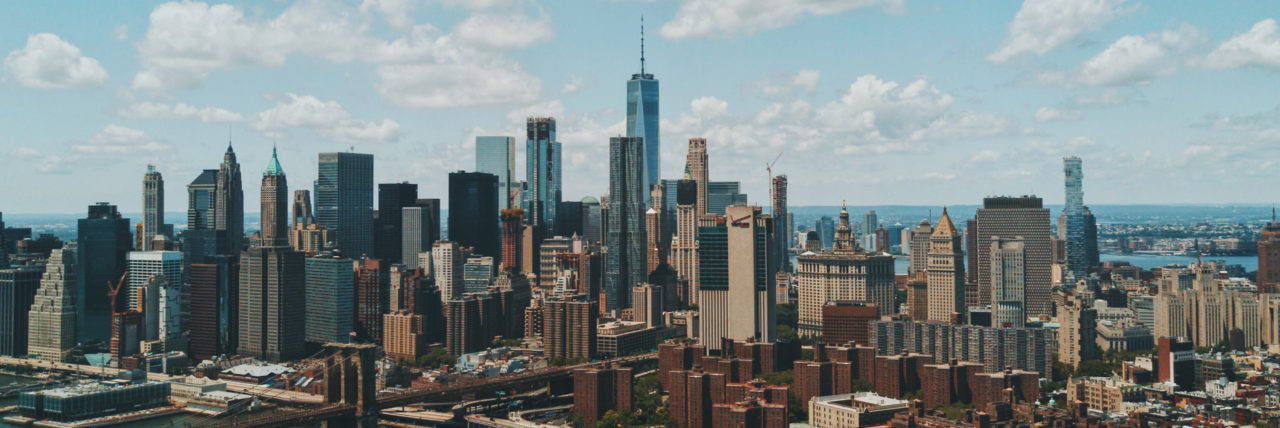In our ongoing series about binge-worthy games, we present various kinds of games, that we can play for days without end. In Passing Time in Fantastic Worlds, we looked at role-playing games. Today, we slip into the role of gods with a budget. How do city-building simulations make passing time building cities so addictive?
Strategy games are fun. But sometimes, I do not want to worry about other players attacking the settlement I have carefully created. Fortunately, for times like these, there are city-building simulations. The most popular city-builder right now probably is Cities: Skylines. Since Paradox Interactive released the game by Colossal Order in 2015, it quickly ousted the former champion of the genre Sim City. In their basics, they work the same. We start with a plot of land and a high-way connection. We build a street and add a residential zone alongside it. Soon, citiziens build their houses there and move in. Since they need a place to work and buy groceries, we add industrial and commercial zones.
While our city grows, we add powerplants, sewers, schools, hospitals and other facilities to make life pleasant and uphold public order. To pay for these facilities, we collect taxes. Since there are no wars or barbarians in this world, our budget is our only limitation as a city-building god. To keep the economy rolling, we only need to balance the supply and demand for residential, commercial, and industrial zones. Oh, and we need to keep the traffic flowing.
Few people want to live in an industrial zone, so they have to commute. The bigger our city grows, the more people use our streets, so we build more and bigger streets and create more and bigger traffic jams! Factories close, since they lack resources to create and sell products. We build railroads to supply our industrial complex by train. We build subways, so less people drive by car and there is more room for trucks to supply the shops with groceries. But still, people leave the city because the dustcarts are stuck in traffic and nobody collected the garbage in months. Maybe it was a mistake to build our streets in a grid pattern with high-density skyscrapers inbetween. Our city does not only look like New York City from afar, but also suffers from the same legendary traffic jams.
There is almost always something to do in Cities: Skylines. Bigger cities unlock bigger facilities and even monumental buildings like a fusion reactor. But before we reach that point, there are lots of problems to solve. However, this rarely becomes frustrating, since we have caused most of these problems ourselves. And when everything does work perfectly, we can look at our city from the perspective of a car and simply enjoy the traffic flowing like a river.
If you want to develop a city-building game, start with a basic feedback loop of supply and demand. Think of what the inhabitants of your city need. What happens, when their demands are not met? If you want to make your game more complex, add more systems that compete for the same resources. As always, do not fear to copy from the best. At the same time, learn from their mistakes. Cities: Skylines is not an original game. It does many things just like Sim City. It just does many of them better.
What are your favorite experiences of passing time building cities? Share them in the comments below! I look forward to reading them. In the meantime, I will just finish building this district.
(Photo by Patrick Tomasso on Unsplash)


Leave a Reply